Episode 45: Whoa! Teaching Your Horse to Stop.

It’s important to be able to stop safely when riding. Having your horse understand different cues for stop can make riding more safe and make the rider more confident. In this episode, I explain the three cues I use for stopping my horse and the magic that it creates when the horse understands all three.
The first point that I make applies to many other things that you will do with your horse. I have three cues to stop my horse, and I teach all three cues to be 100% strong. The three cues I use when stopping my horse are reins, legs, and voice. You’ve probably seen some of these being used and maybe even all three being used at the same time.
It would be very common to see someone pull on the reins say whoa and open or release their legs. If you’ve been riding for years and doing a combination of these things at the same time, it’s really difficult to break the habit and do it individually. It’s very helpful if your horse will stop 100% of the time off of each one of the cues.
This is how I was able to train my horses to ride bridleless. I still had stopping power without the reins. If you’re used to using all three cues at the same time there is a good chance that each cue by itself is about 1/3 strong. By teaching my horse to be 100% strong on each cue, I will have 300% stopping power.
“If the horse is showing no awareness of your movement, then you can add a little more pressure until the horse shows recognition.” Stacy Westfall Click To Tweet
Show Notes:
[04:29] When I first start with the horses I teach stopping with the reins. Reins are so helpful when working on connection and collection and all of the advanced things.
[06:27] I teach the horse to stop from rein pressure when ground driving. There’s a lot you can teach in ground driving.
[11:40] Improving the backup is directly tied to improving the stop.
[12:10] Now you can teach the horse to step back with leg pressure.
[14:04] Have the slack gently taken out of the reins. Swing your legs forward so the ball of your foot almost taps on the horses shoulders. Keep waving until the step back happens.
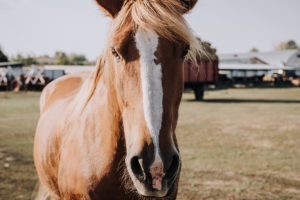
[17:16] If the horse is showing no awareness of your movement, then you can add a little more pressure until the horse shows recognition.
[17:55] The really important thing is to give the horse time to think. What you don’t need to do is throw the horse into the wrong answer.
[22:36] It’s so rewarding to watch a rider stay consistent until the horse figures it out.
[22:55] The voice cue is the one that can’t reinforce itself. Say whoa deep and low.
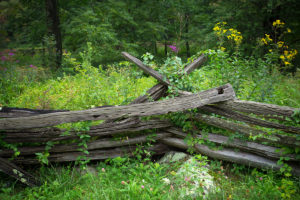
[25:34] This is the third cue taught, because your going to have to use the other two to reinforce it.
[26:05] Teach the horse that woah means back three steps.
[28:47] You can do this exercise outside of a show season.
[29:12] A few mistakes people make include not using the reins enough. Try to value all three cues equally.
[30:44] I call this a leg cue instead of a seat cue, I want the rider to think about their legs.
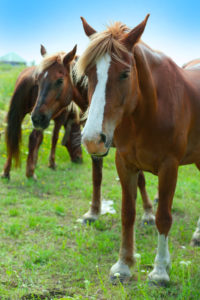
[32:57] The most common mistake people make with the voice cue is over using it.
[34:32] When the horse understand statues it becomes educated at a higher level and able to think at a higher level.
[35:55] A lot of really hot horses think that the legs are only a gas pedal. When they start to learn that legs can mean different things, it really opens up the horses mind.
[37:12] If your horse doesn’t go forward, don’t use the legs as a backup cue.
[40:57] Leg waving uses the energy coming from the horse. It can cue the horse to a different speed.
“The really important thing is to give the horse time to think. What you don't need to do is throw the horse into the wrong answer.” Stacy Westfall Click To Tweet
Links and Resources:
Developing an independent seat: colt starting, reining, western dressage
Episode 39: The Two Most Basic Cues When Riding a Horse
Episode 41: True Forward Motion in a Horse
Stacy Westfall Championship Bareback & Bridleless Freestyle Reining with Roxy
Equithrive Use the code STACY for 10% off and Free Shipping
6 Comments
Leave a Comment
SUBSCRIBE TO THE PODCAST HERE:
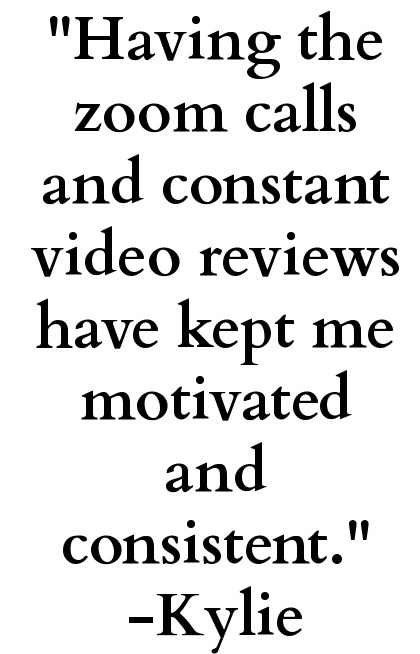
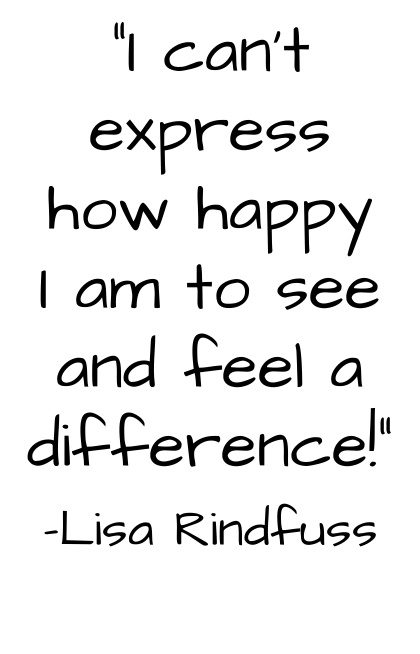
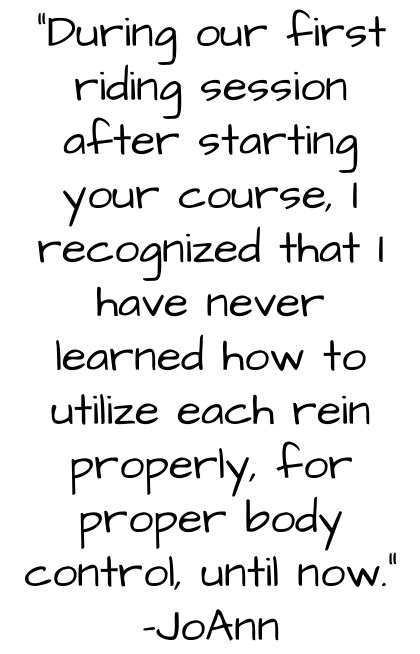
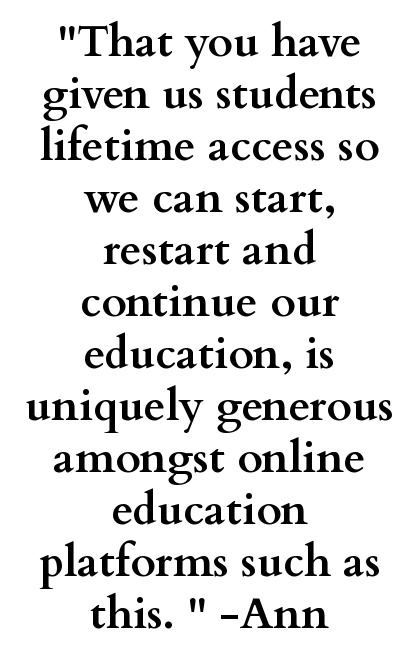
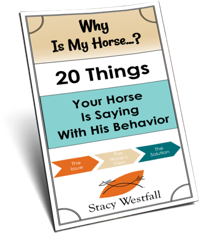
YOURS FREE
WHY IS MY HORSE...?




Hi Stacy,
I have been working on lightening my aids for whoa with my Haflinger. I like the idea of 100% rein, 100% leg and 100% voice. I have been avoiding the voice cue, but I’m going to add that one in. Set it up and wait works well for her, so I’m going to start there with taking slack out and waiting. I think I have been grabbing too hard, too fast on the reins because stopping is important! and she is heavy and slow in comparison with my other horse, who almost sits down with just the lift of a rein.
Thanks for making me think! I have a plan of action now.
Hi Stacy, I’ve been watching your youtube videos for years but I somehow missed, that you have a podcast. Now I can’t wait to hear the other episodes. Love your insights and super practical advice. I’ll start incorporating a lof of what you talk about….. it’s gonna take some time : -) Greetings from Germany.
Sindy
Yay! You found the podcast!
Happy listening…tell your friends!
Hi Stacy! I’m so very glad that I’ve found you and rekindled my love and quite possibly, obsession, for horses. I am 60 and only have a few hours of lessons under my belt. I am hanging on every word of your podcasts because I still want to “Live Like I am Dying” and own horses. I’d love to hear a podcast about crazy, or not so crazy, women like me, starting at this age. We are building a barn, taking lessons, and serious about buying trained horses in the spring. I’m smart enough to know that at 5 feet nothin’ and still somewhat “timid”, a trained, older, 13hh is probably what I want. I’d LOVE to hear your thoughts and advice for older women/men who are venturing into this. Thank you for everything you do and say!
Kathy
I’m so glad you are enjoying the podcast and taking this adventure!
I’ve talked with quite a few women in your situation. I do think it would be a great subject to discuss. I will put in into my notes for upcoming episodes.
Thanks again…and…
Ride with Faith,
Stacy
How do you differentiate ‘stop’ and ‘slow down’ using just the reins? I was taught to take legs off to stop, but keep them on for slow down.